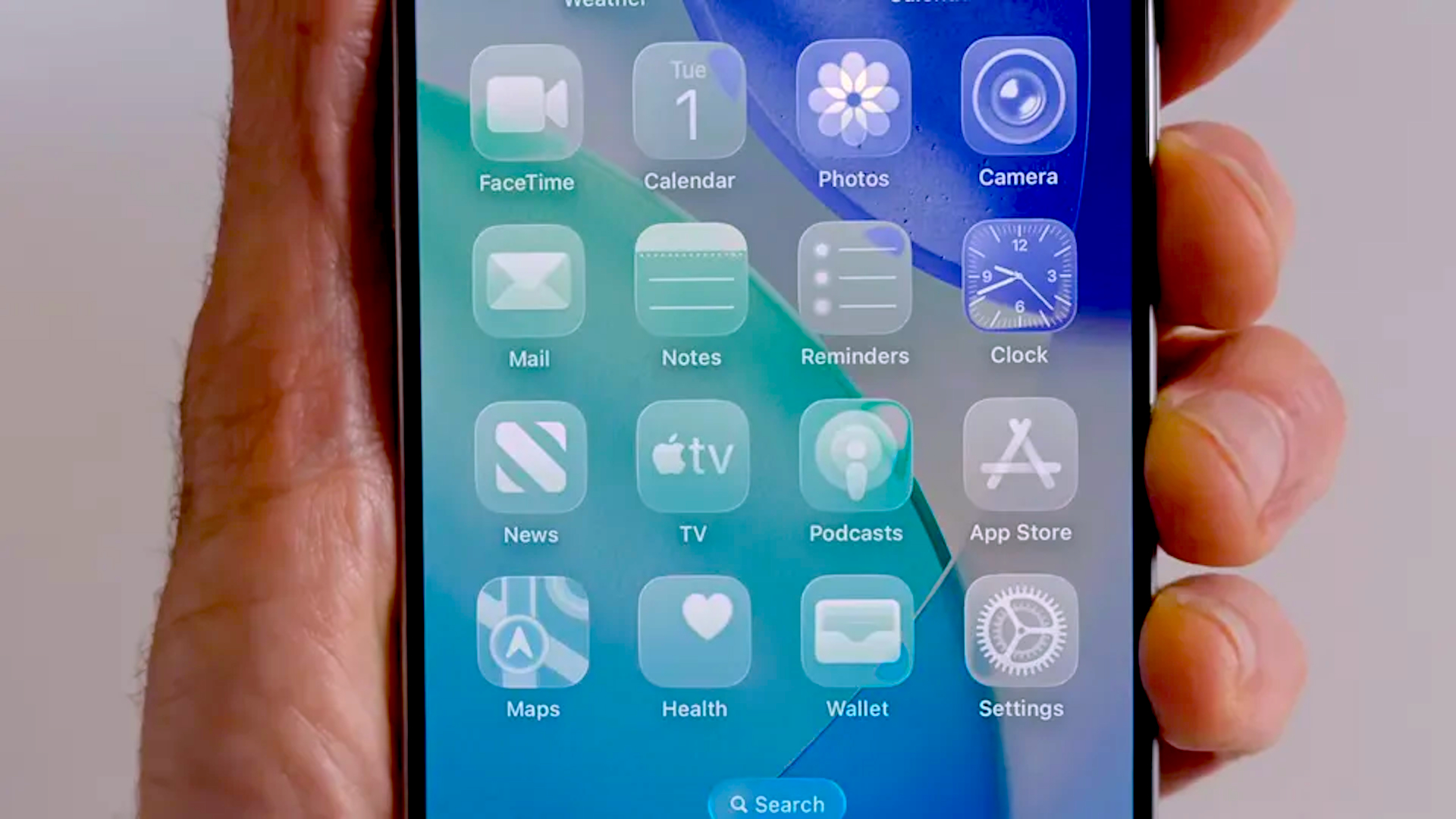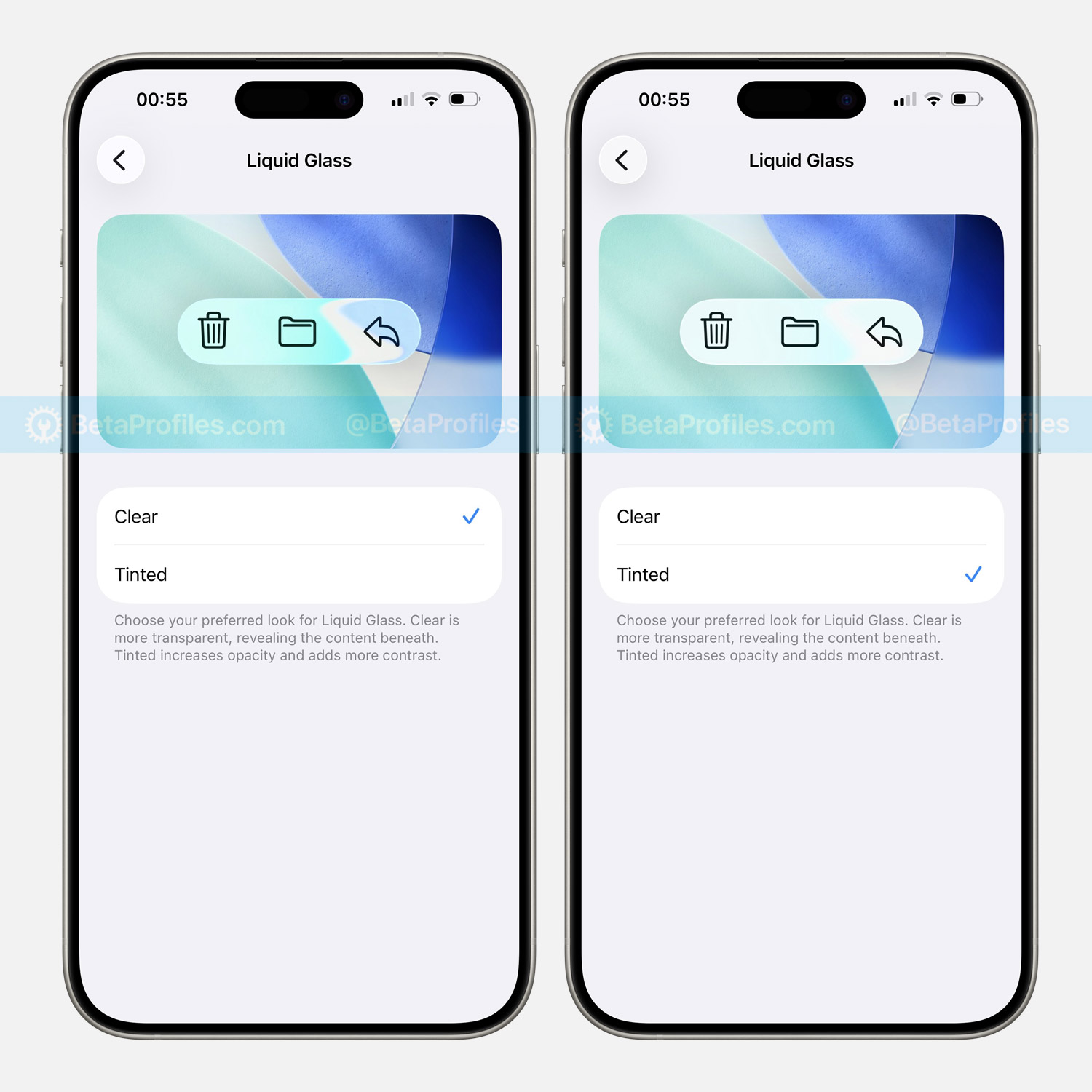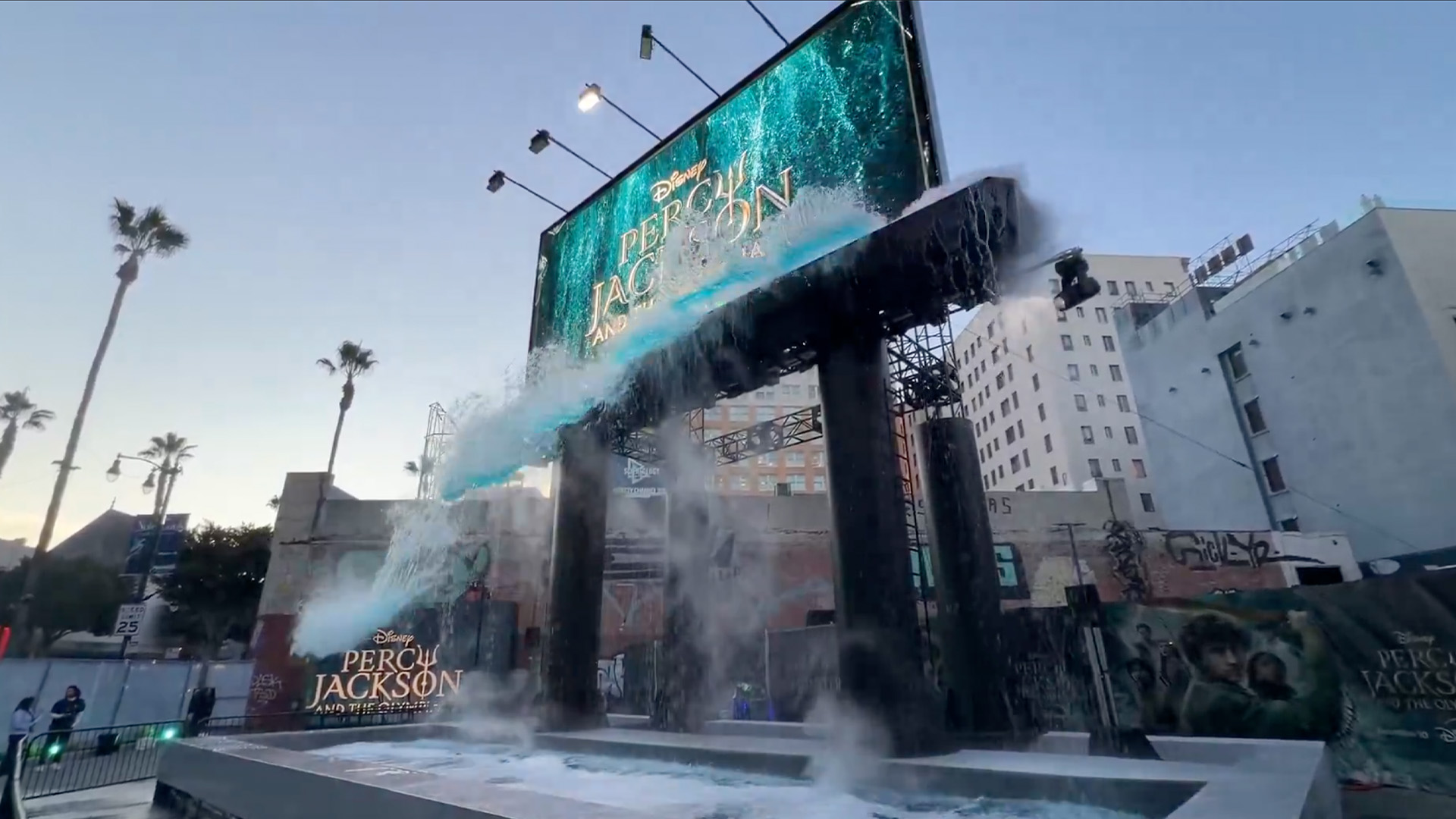Is Apple losing faith in Liquid Glass?
The latest iOS update seems out of character for the iPhone maker.

From a design perspective, 2025 has certainly been an interesting year for Apple. After years of aesthetic stagnation, the company dropped its most radically different iPhone designs last month, including the delightful iPhone Air. And then there's iOS 26, which represents the biggest software design overhaul since 2013's iOS 7 kicked off the flat design tsunami.
Centered around the Liquid Glass design language, the new software design is splashier (and glassier) than anything we've seen before, filled with transparent objects and reflective surfaces. It's been a touch controversial, proving a too ostentatious for some. And now, in a deeply uncharacteristic move for Apple, the company seems to be offering users a way to (sort of) roll things back.

In iOS 26.1 beta 4, users have discovered a toggle for adjusting the transparency of Liquid Glass, adding a 'tinted' option that's much more opaque than the established 'Clear' version. For many, it's an accessibility win, with plenty of Reddit users commenting that the option should have been there from the start.
But it's also notable just how out of character it seems for Apple to acknowledge that its bold new design direction might not be for everyone. As one surprised X user puts it, "Now it looks like they don’t even have faith in their next-gen design language that was supposed to represent their UX for a decade."
In iOS 26.1 beta 4, Apple gives you an option to pretty much disable Liquid Glass…This is insane, coming from Apple.They used to have stats and studies for every design choice. They made something great and gave it to everyone. People would complain about it first but then… pic.twitter.com/OUoZ6ciMd1October 21, 2025
While we can hardly complain about being given more choice, the implication certainly is interesting. Put it this way – back when iOS went flat in 2013, Apple never thought to introduce a 'bring back skeuomorphism' toggle.
Daily design news, reviews, how-tos and more, as picked by the editors.

Daniel John is Design Editor at Creative Bloq. He reports on the worlds of design, branding and lifestyle tech, and has covered several industry events including Milan Design Week, OFFF Barcelona and Adobe Max in Los Angeles. He has interviewed leaders and designers at brands including Apple, Microsoft and Adobe. Daniel's debut book of short stories and poems was published in 2018, and his comedy newsletter is a Substack Bestseller.
You must confirm your public display name before commenting
Please logout and then login again, you will then be prompted to enter your display name.
